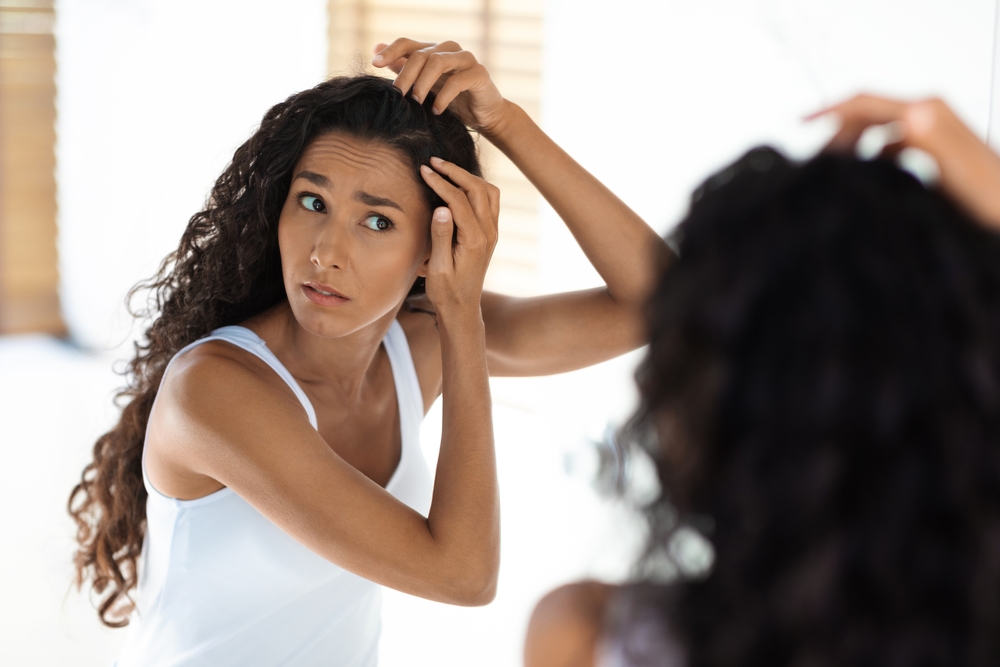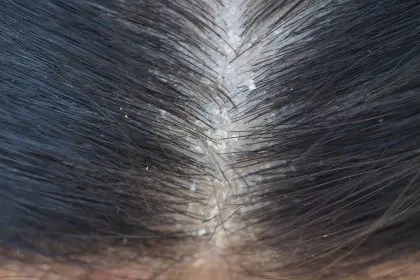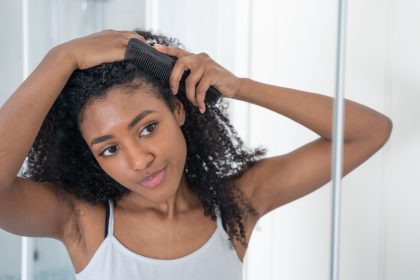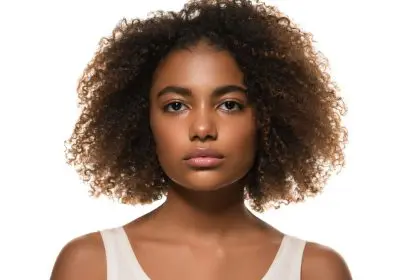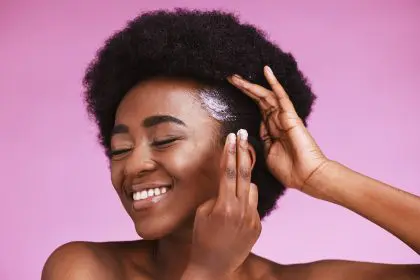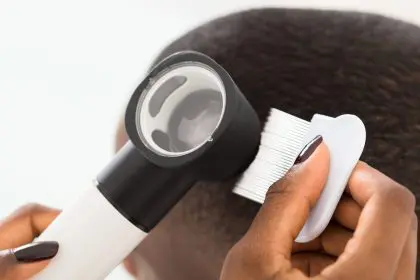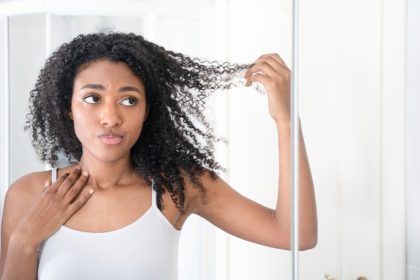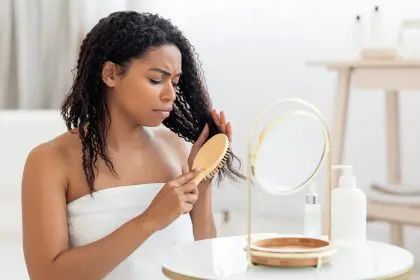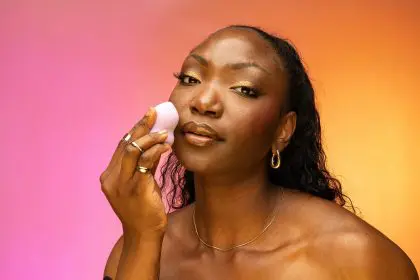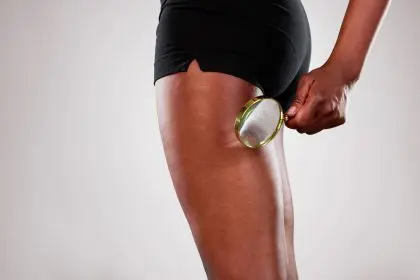The trend of using adhesives for hair styling and wig application has become increasingly common, but medical professionals and hair care experts consistently warn against this practice. While the immediate results might seem appealing, the long-term consequences can be severe and sometimes irreversible.
Severe scalp irritation and inflammation
The chemicals in hair adhesives can trigger intense reactions on your scalp’s sensitive skin. These irritants often cause immediate discomfort including burning sensations, redness, and persistent itching. Beyond the initial irritation, many people develop painful inflammation that can last for weeks or months after exposure.
Even adhesives marketed as “gentle” or “skin-safe” contain harsh chemicals that can penetrate the scalp’s protective barrier. Over time, these substances may cause chronic inflammation, leading to a cycle of scalp problems that become increasingly difficult to treat.
Progressive hair damage and loss
Using glue on your scalp creates a barrier that suffocates hair follicles, preventing them from receiving essential nutrients and oxygen. This suffocation effect weakens hair strands at their roots, making them more susceptible to breakage and falling out.
The removal process poses another significant threat to hair health. As the adhesive is pulled away, it often takes healthy hair with it, damaging follicles and creating patches of thinning hair. This trauma to the follicles can lead to permanent hair loss in affected areas, particularly with repeated use.
Breeding ground for infections
Hair adhesives create an impermeable layer on the scalp that traps moisture, dead skin cells, and bacteria. This enclosed environment becomes a perfect incubator for infections, including bacterial folliculitis that causes painful, pus-filled bumps, fungal infections that spread across the scalp, and seborrheic dermatitis that leads to severe scaling and inflammation. These infections often require medical intervention and can leave lasting damage if not treated promptly.
Disruption of natural scalp processes
Your scalp maintains a delicate balance of oils, bacteria, and pH levels that support healthy hair growth. Adhesives interfere with these natural processes by blocking sebum production and distribution, altering the scalp’s natural pH balance, preventing necessary cell turnover, and disrupting the scalp’s natural microbiome. This interference can trigger a cascade of problems, from excessive dryness to overproduction of oil, as your scalp attempts to restore balance.
Chemical burn risks and tissue damage
The harsh chemicals in hair adhesives can cause serious burns that damage multiple layers of scalp tissue. These chemical burns often result in painful blistering and peeling, permanent scarring of the scalp, destroyed hair follicles that cannot regrow hair, and long-term sensitivity in affected areas. Even brief exposure to these adhesives can cause significant damage, particularly for individuals with sensitive skin or existing scalp conditions.
Long-term consequences for hair growth
The cumulative effect of using scalp adhesives extends far beyond immediate damage. Prolonged use can lead to permanent alterations in hair growth patterns, scarring that prevents future hair growth, chronic scalp sensitivity and inflammation, altered texture of regrown hair, and development of bald patches. These changes often become apparent months or years after using adhesives, making it difficult to connect the damage to its cause.
Safe alternatives for every styling need
Modern hair care offers numerous safe alternatives to achieve desired styles without risking scalp health. Consider these options:
- Clip-in extensions that attach without adhesives
- Halo-style hairpieces that sit comfortably on the head
- Wig caps with silicone or velvet grip strips
- Adjustable wig bands and combs
- Heat-free styling techniques
- Professional installation methods
Moving forward with healthy choices
Protecting your scalp health requires informed decisions about styling methods and products. Consider these steps for healthier hair practices:
- Consult with professional stylists about safe styling options
- Invest in quality hair pieces designed for secure, glue-free wear
- Maintain regular scalp care routines
- Monitor your scalp for any signs of irritation or damage
- Choose styles that work with your natural hair type
Remember that healthy hair starts with a healthy scalp. By avoiding harmful adhesives and choosing safer alternatives, you invest in the long-term health and beauty of your hair. The minor inconvenience of avoiding quick-fix solutions pays off significantly in maintaining scalp health and preventing permanent damage.
This story was created using AI technology.

